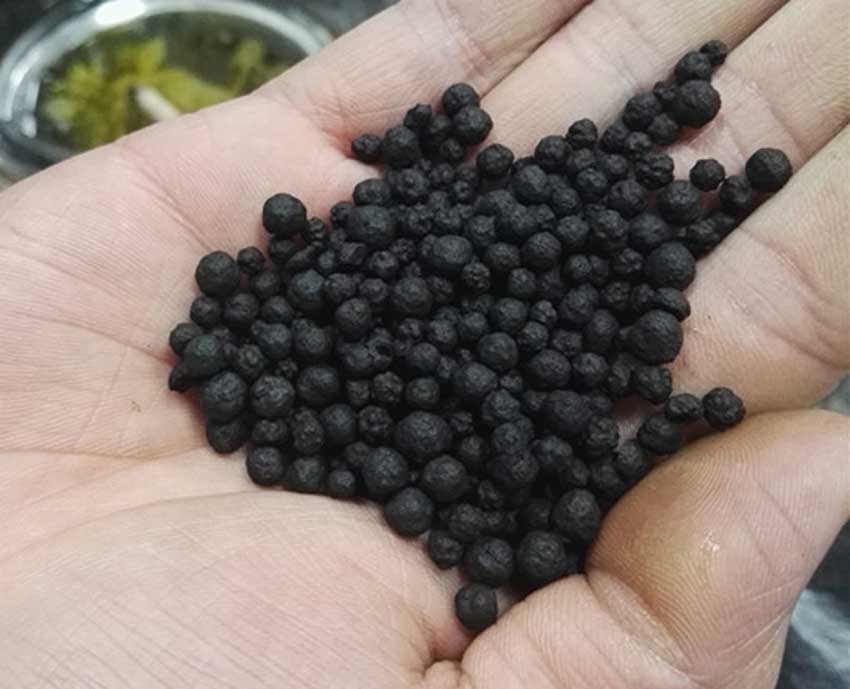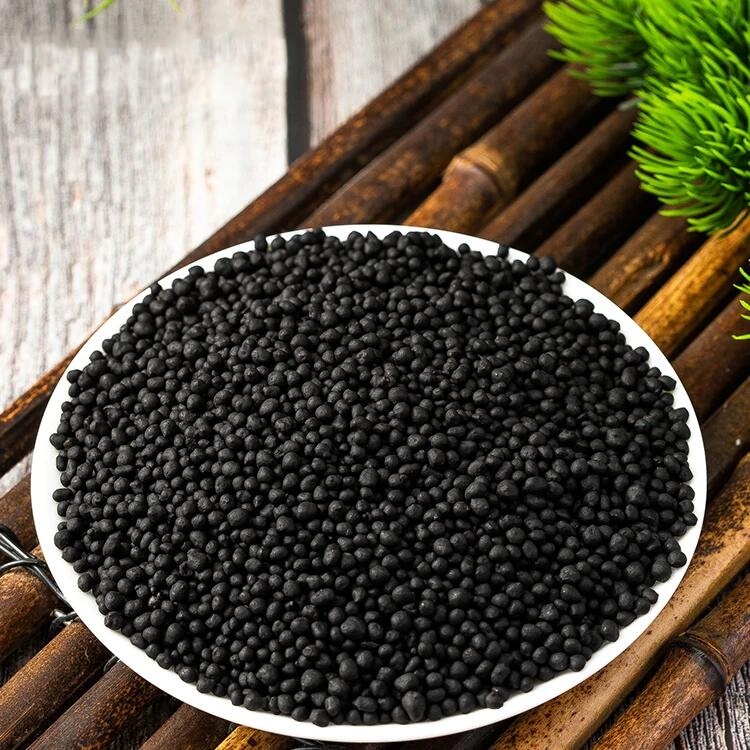Strictly speaking, humic acid itself is not a fertilizer. It does not contain elements of plant fertilizer (nitrogen, phosphorus, potassium or trace elements). It is only a carrier of certain fertilizer elements, but humic acid has the function of plant growth stimulant.
At first, people used potassium humate solution to soak seeds and roots, and found that it could accelerate seed germination and promote root development, thereby increasing production. Later, it was discovered that spraying potassium humate solution on plant leaves can resist drought, resist lodging, increase seed weight, and promote cotton boll fruiting rate. Moreover, it is used in small amounts, has low costs, and is easy to apply, which is very popular among farmers. After further research, it was discovered that the mechanism of foliar spraying of humic acid can resist drought: after spraying humic acid, the opening of the respiratory pores on the leaves is significantly reduced or even closed, thereby reducing water transpiration and maintaining water in the body. As a result, humic acid (especially fulvic acid) has become a product with the main purpose of resisting drought and saving water (water transpiration is reduced after spraying, thereby reducing irrigation).
Humic acid sprayed on fruit trees can also prevent and control pests and diseases, increase fruit setting rate, and increase the sugar content of fruits.
As a plant growth stimulant, humic acid is a very important issue in plant physiology. It can mainly play the following four roles:
① Promote plant respiration.
When humic acid enters the plant body, it is initially a supplementary source of polyphenols as a respiratory agent. The quinone group contained in humic acid is an oxygen activator, which makes the plant breathe vigorously, promotes the division of plant cells, accelerates the differentiation of plant growth points, and promotes the development of plant roots.
② Promote enzyme activation.
Humic acid plays a very important role in the activity and metabolism of enzymes. Studies have shown that humic acid has a great influence on the activity of aldolase and invertase. It can accelerate the synthesis of enzymes, accelerate the accumulation of soluble carbohydrates in plants, increase osmotic pressure, and enhance drought resistance.
③ Promote the reproduction and activity of microorganisms.
A small amount of soluble humate is not only stimulating to crops, but also to microorganisms. It can significantly improve the activity of fungi, bacteria and nitrogen-fixing bacteria.
④ Promote the absorption of nutrients by plants.
Humic acid and its derivatives can improve the permeability of plant cell membranes and protoplasm, thus promoting the faster entry of nutrients into the plant body, resulting in more and faster absorption.
In summary, humic acid has diverse functions and can promote the growth of crops from multiple angles. It is a significant plant growth stimulant.



